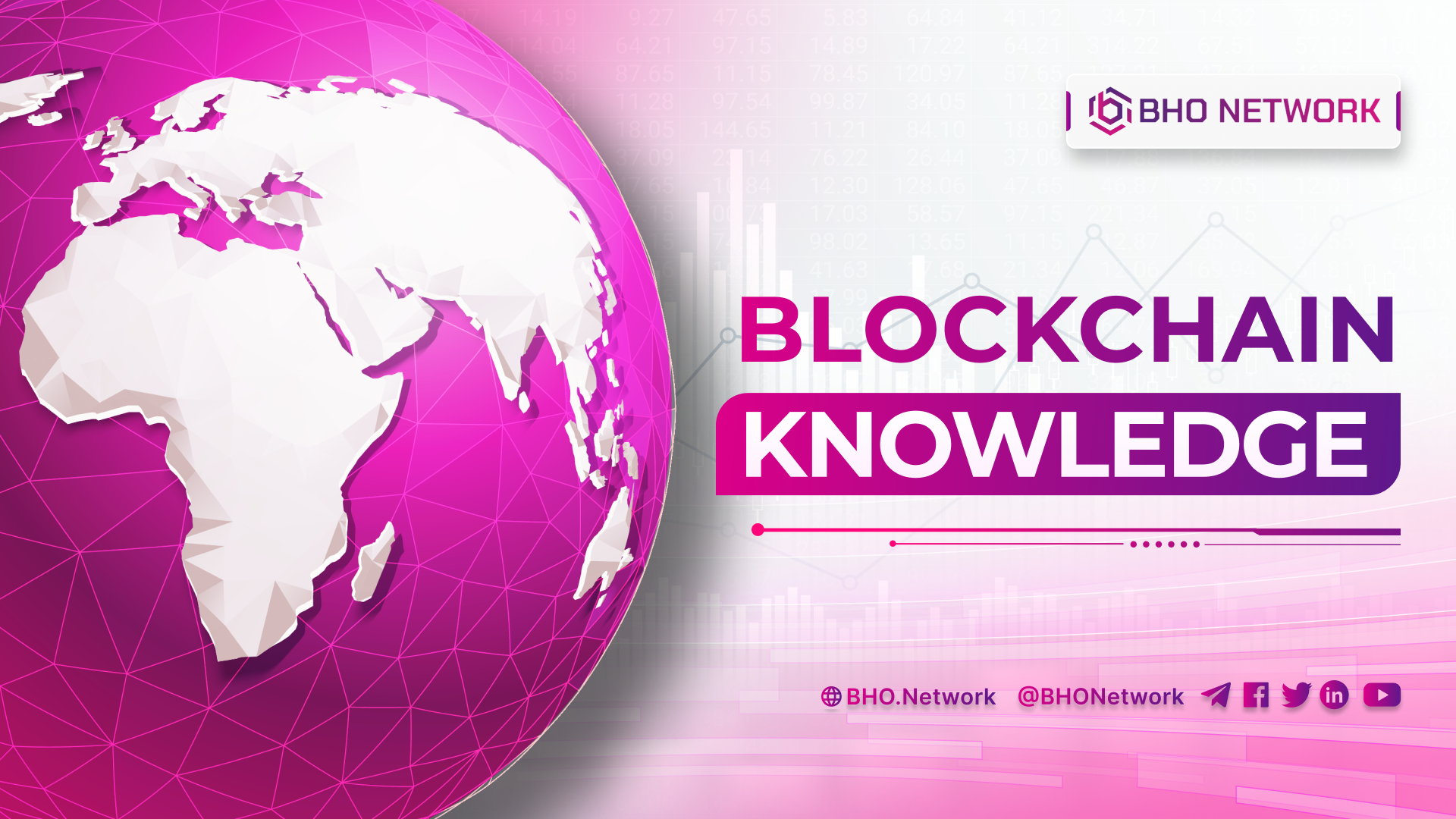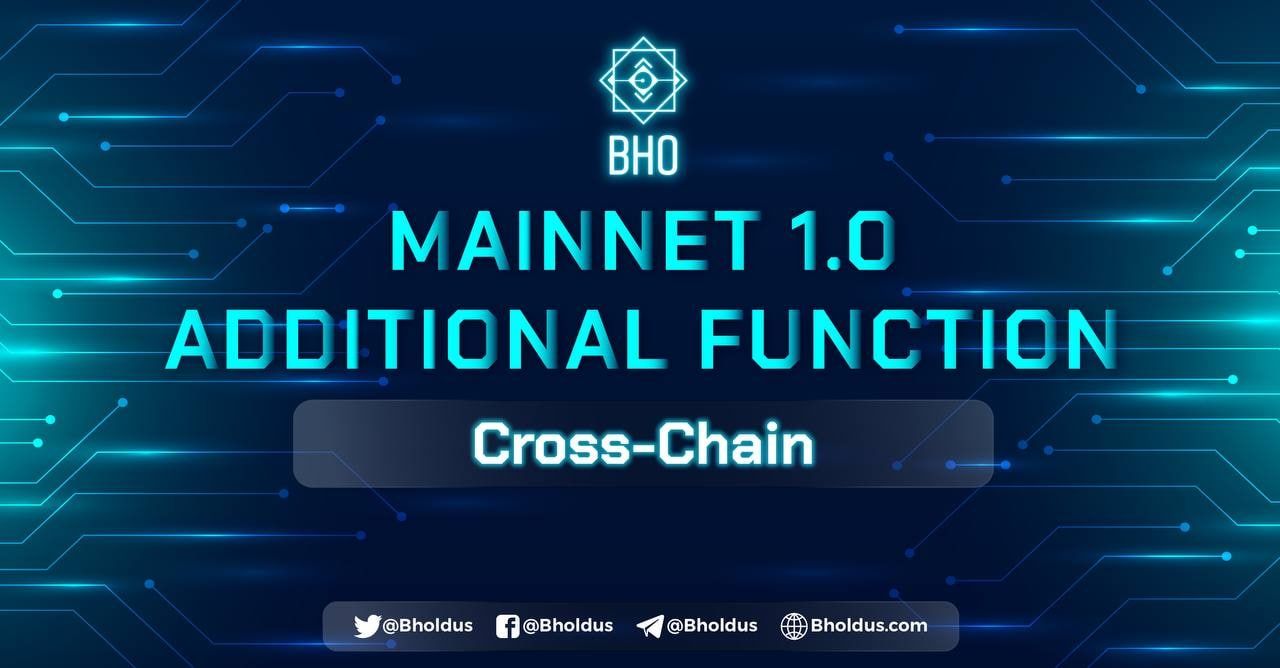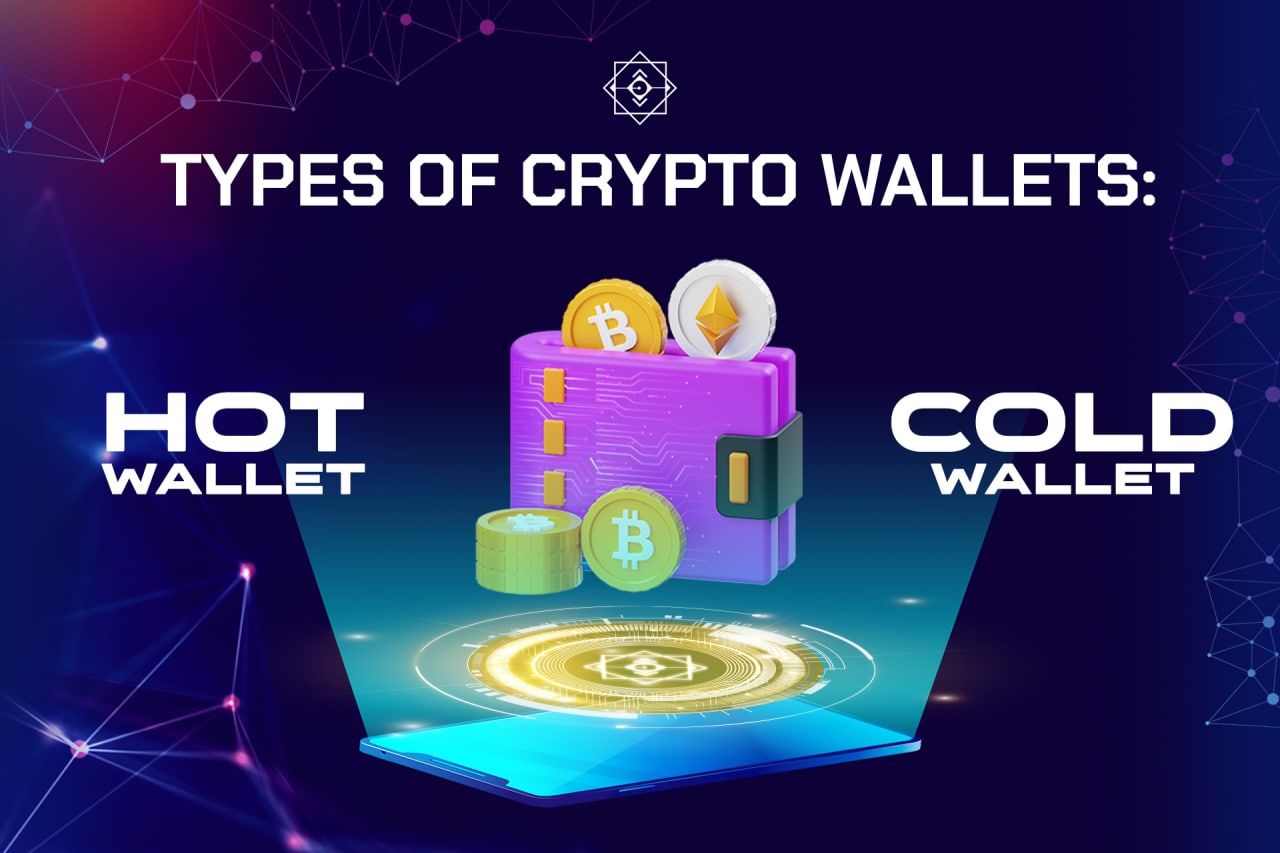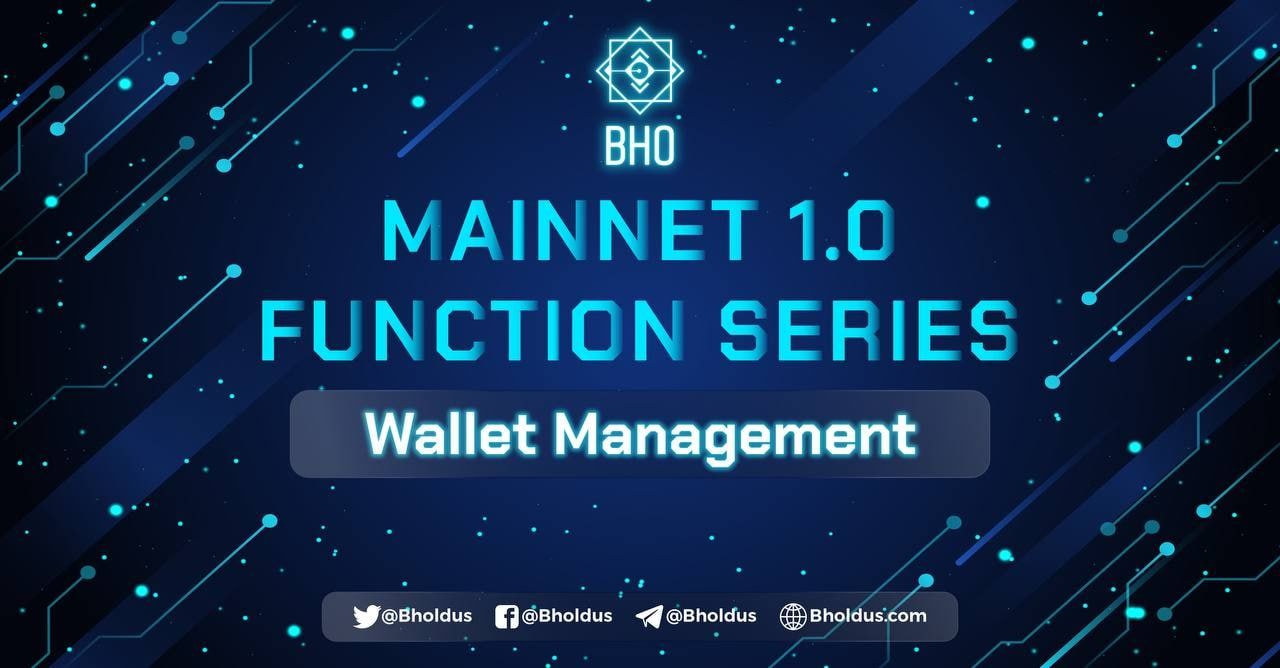- Blog
- Crypto News
- What is Ethereum 2.0? The importance of Ethereum 2.0
What is Ethereum 2.0? The importance of Ethereum 2.0
- 1. What is Ethereum 2.0?
- 2. Ethereum Hard Fork
- 2.1 What is a Hard Fork?
- 2.2 Hard Fork Istanbul
- 3. Ethereum 2.0 development
- 3.1 Phase 0
- 3.2 Phase 1/1.5
- 3.3 Phase 2
- 4. Road to Ethereum 2.0
- 4.1 Phase 0 - Beacon Chain
- 4.2 Phase 1 - Shard Chains
- 4.3 Phase 2 - State Execution
- 5. How does Ethereum 2.0 affect ETH price?
- 5.1 In the short term - From phase 0 to the end of phase 2
- 5.2 Long-term - After Ethereum 2.0
- 6. The Risks of Deploying Ethereum 2.0
- 7. The main goals of Ethereum 2.0
- 7.1 Increase Scalability
- 7.2 More secure
- 7.3 Sustainability
- 8. How are Ethereum and Ethereum 2.0 different?
- 8.1 Proof of Stake Consensus Mechanism
- 8.2 Beacon Chain
- 8.3 Sharding
- 9. Should you invest in ETH?
What is Ethereum 2.0? How important is Ethereum 2.0? Does Ethereum 2.0 Affect ETH Price? Read the following article of BHO Network to understand all the detail related to Ethereum 2.0 and its development roadmap.
1. What is Ethereum 2.0?
Ethereum 2.0 is upgrading the Ethereum network from Proof of Work (PoW) to Proof of Stake (PoS). Upon completion of the upgrade, Ethereum 2.0 will be born with the fusion of the existing Ethereum chain and the Beacon chain.
PoS helps Ethereum improve transaction speed, handle many transactions, and reduce network congestion. Improve scalability and overcome poor security of the network. Here is the basic difference between the two PoW and PoS mechanisms:
- Proof of Work (PoW): is Ethereum's consensus algorithm. This algorithm keeps the network secure and always up to date by rewarding people who mine and validate blocks on the blockchain. PoW is not scalable because it requires more and more computing power as the blockchain grows.
- Proof of Stake (PoS - Proof of Stake): This popular consensus mechanism is gradually replacing PoW. Validators will stake cryptocurrency instead of computation to validate transactions. In addition, PoS also improves decentralization, security, and scalability.
2. Ethereum Hard Fork
Ethereum Hard Fork is an upgraded and updated version applied to the cryptocurrency system chain. Ethereum is a blockchain network operated to provide users with transparency, speed and value for trust when transacting on the application platform.
2.1 What is a Hard Fork?
Hard Forks are "backwards incompatible" software updates. That is to change the operating rules of the blockchain. Once the blockchain is up and running, the hard fork will continue operating with the new rule. The new blockchain will not accept blocks that use the old rule when the hard fork occurs.
As a result, the blockchain is split into two separate networks: one with the old rules and the other with the new rules. At this point, there will be two networks running in parallel. Both will continue to generate blocks and transactions, but they no longer operate on the identical blockchain.
Hard Fork is a common way of updating the blockchain. Many electronic communities like Steemit, Litecoin, and Bitcoin use a hard fork to update.
2.2 Hard Fork Istanbul
Hard Fork Istanbul is named after the largest city in Turkey - Istanbul. Istanbul was Ethereum's 3rd major network upgrade in 2019. Hard Fork was successfully held on December 8, 2019.
Istanbul is a collection of 6 Ethereum Improvement Proposals (EIPs), which are specific changes to the code of the ETH protocol, including EIP-152, EIP-1108, EIP-1344, EIP-1844, EIP-2028, EIP-2200 revolve around three main issues:
- Enhancing Ethereum performance makes the network more efficient.
- Cost adjustment.
- Support increased compatibility with Proof of Work (PoW) cryptocurrencies like Zcash.
3. Ethereum 2.0 development
The development phase will be implemented with three main stages: phase 0, phase 1/1.5, and phase 2. Each stage will have its own unique feature to ensure the success of the new Ethereum.
3.1 Phase 0
Phase 0 is the first phase of the PoW to PoS transition. This stage will be dedicated to the implementation of the beacon chain, as it plays an essential role in the operability of the shard chain. Although there is no shard, the beacon chain still accepts staking through a one-way deposit contract mechanism.
Note that it is impossible to "cancel" the registration if the validator has applied for an ETH deposit until the shard chain is fully deployed. ETH from validators will be locked until the next period.
3.2 Phase 1/1.5
The next phase is a mix of 2 phases: phase 1 and phase 1.5. Phase 1 begins when the network deploys shard chains, allowing validators to generate blocks on the blockchain through the PoS algorithm.
When it reaches phase 1.5, Ethereum will maintain the PoW algorithm. Transactions will continue to be processed by miners. Phase 1.5 will occur when the Ethereum mainnet officially launches the Shard chains and moves from PoW to PoS.
3.3 Phase 2
In this phase, segments must be fully functional sequences. The shards will now be compatible with smart contracts and can be linked more easily. Developers can design the segments as they want.
4. Road to Ethereum 2.0
Ethereum 2.0 is one of Ethereum's five major network upgrades. This is also the stage to make Ethereum more inclusive. The road to Ethereum 2.0 consists of 3 main phases: Phase 0 - Beacon Chain, Phase 1 - Shard Chains and Phase 2 - State Execution.
4.1 Phase 0 - Beacon Chain
Beacon Chain is the first phase of the transition from PoW to PoS. During this phase, the Ethereum network will have two blockchains running parallel to each other and operating in parallel with two different consensus mechanisms:
- ETH1x is currently Ethereum's blockchain, applies PoS and has a native token of ETH1 (essentially ETH at the moment).
- The beacon chain is a new blockchain that applies PoS and has a native token of ETH2. You can switch from ETH1 to ETH2 for staking and get profit. But you must provide a minimum of 32 ETH for staking.
Note at this stage 0. When converting from ETH to ETH2 for staking, withdrawing will not be possible until moving to the following stages.
4.2 Phase 1 - Shard Chains
Shard Chains is the stage where the Sharding solution is applied, also known as sharding. It helps to divide data into many equally small parts to process all at the same time. So the Ethereum network will be able to achieve higher performance.
Shard Chains in the early stages are planned to be deployed with 1,024 shards. But then this number was reduced to 64 shards. Thus, in Phase 1, the Ethereum network will also include:
- The original Eth1x Blockchain.
- Beacon Chain in phase 0.
- 64 new shard chains. State Execution is the most important stage in the transition to Ethereum 2.0.
4.3 Phase 2 - State Execution
- Segments can communicate with each other.
- The smart contract function will be activated.
- EVM virtual machines will be upgraded to eWASM virtual machines to help reduce gas costs and increase system security.
- The network using the PoW system will stop working. And let's see that Ethereum has succeeded in transitioning to a PoS system.
5. How does Ethereum 2.0 affect ETH price?
Assets like Bitcoin and Ethereum often increase in price after major updates. The ETH price will react as soon as the important milestone takes place. For example, right after the launch of Ethereum 2.0, the price of ETH skyrocketed by more than 10%.
5.1 In the short term - From phase 0 to the end of phase 2
The sell Demand:
- The supply of ETH will increase because the amount of ETH put on the market is equal to the sum of the amount of ETH1 mined from the ETH1 network and the amount of ETH2 staking rewards in the Beacon Chain network.
- According to the data, the inflation rate of ETH is 4% per year. The inflation of ETH2 will depend on the amount of ETH1 staking in the Beacon Chain.
From the two charts above, we can see the following:
- According to chart 1, with 10 million ETH1 staked, ETH2 will have a rate of 4.97% per year.
- According to chart 2, the ideal case is that the amount of ETH1 staking on the beacon chain is at 10 million or more, the inflation rate of ETH will be less than 4.35% per year.
The buy demand:
- The first demand is the most noticeable need when users buy ETH1 to take away staking. The smaller the amount of ETH1 staking, the higher the ETH2 inflation, so the first time is likely to have many staking people.
- The second need, at this stage the ecosystem is thriving. Drive the need to buy ETh as a transaction fee when using applications built on Ethereum.
5.2 Long-term - After Ethereum 2.0
After merging into an Ethereum network, the ETH1 network will no longer be mineable, causing the inflation on Ethereum 2.0 to be the inflation rate of the Beacon. The demand for ETH will be higher when Ethereum 2.0 has a much larger processing capacity than ETH1x. This led to more decentralized applications (DApps), more users, and more ETH used.
6. The Risks of Deploying Ethereum 2.0
When the merging of the phases goes wrong, Ethereum is split into two different chains, which directly affects the decentralized applications is built on Ethereum. The most special of which are DeFi applications with billions locked in smart contracts.
The Risks of Deploying Ethereum 2.0
Ethereum-based development projects are affected by delays in the upgrade phases. This appears to be nothing new as phase 0 has also been delayed before launch recently.
When implementing Ethereum, the composability of multiple DeFi DApps is always considered because that combination can bring more risks during the consolidation phase.
7. The main goals of Ethereum 2.0
The main Goals of Ethereum 2.0 include scalability, security, and sustainability. The purpose is to strengthen support for thousands of transactions per second, resist attacks and minimize energy consumption to ensure sustainability.
7.1 Increase Scalability
Currently, the Ethereum network serves 15-45 transactions per second. Introducing millions more users and launching more decentralized applications is a limiting factor. ETH2 focuses on strengthening support for thousands of transactions per second to make the network more scalable. This helps applications run on the network faster and reduces costs.
A special ability of Ethereum 2.0 is being able to process more transactions per second without having to increase the size of the nodes in the network. Important network participants who store and run the blockchain are called nodes.
The upgrade of shard chains will split the network load into 64 new chains. This will give space to Ethereum by reducing congestion and improving the speed beyond the 15 - 45 transactions per second limit.
If there are more chains, less work will be required from the people maintaining the network. Validators will only need to run their shard, not the entire Ethereum chain. Making nodes lighter allows Ethereum to scale and remain decentralized.
7.2 More secure
One of the top priorities is the security of a decentralized network. For example, a coordinated attack is where someone controls most of the network and can make fraudulent changes. So ETH2 separations improve Ethereum's security against such attacks.
When switching to PoS with the Ethereum protocol, there will be more incentive against attacks. Rooted in Proof of Stake, validators will have to put a significant amount of ETH into the protocol. If there is an attempt to attack the network, the protocol will automatically destroy all their ETH.
PoS has something that PoW doesn't because the best a protocol can accomplish is to make miners lose the mining rewards. To achieve the effect of PoS, when a miner tries to cheat, the protocol can destroy all of the miner's equipment (VGA machines) by itself, but this is not possible.
The advent of shard chains also changed the security model of Ethereum. Beacon Chain will randomly assign a different shard to each validator. This makes it impossible for validators to collude by attacking a particular shard.
Stake means that users do not need to invest too much in expensive hardware to 'run' an Ethereum node. This will increase the network's partitioning capacity and reduce the attack surface area because it will encourage more people to become validators.
7.3 Sustainability
Proof of Work is the consensus mechanism used by the current Ethereum network that requires a lot of computing power and electricity. With PoW consuming a lot of energy, replacing it with PoS will make ETH2 much more environmentally friendly.
Ethereum and other blockchains like Bitcoin consume too much energy due to mining. Currently, Ethereum aims to be secured by ETH through staking and not by computing power from computers to minimize energy consumption.
8. How are Ethereum and Ethereum 2.0 different?
Ethereum 2.0 is the most anticipated upgrade to transition to a new mechanism of action, a set of interconnected upgrades to extend Ethereum. Proof of Stake consensus mechanism is applied instead of Proof of Work or Beacon chain to ensure synchronization and Sharding to help analyze and store data.
8.1 Proof of Stake Consensus Mechanism
Proof of Work is a consensus algorithm of Ethereum and many other blockchains. The algorithm's mechanism of action is to keep the network secure and up to date by rewarding miners and validators of blocks on the blockchain. However, PoW is not scalable because it requires more and more computing power as the blockchain grows.
Proof of Stake (PoS) to solve this problem by replacing the power of computing with "real money" ". That is, this way only requires a minimum of 32 ETH to help you commit (deposit) and then become a validator and get paid by confirming the transaction.
8.2 Beacon Chain
A beacon chain is a chain used to ensure that all shards are synchronized with each other. Since shard chains work in parallel, we need beacon chains to ensure that consensus will be provided for all shard chains running in parallel.
The beacon chain is a brand new blockchain and is present in Ethereum 2.0 with an important role. It is understandable that without beacon chains, information sharing between shard chains would not be possible, and scalability would not exist. For that reason, this feature is the first to be announced as an update on Ethereum 2.0.
8.3 Sharding
To access the Ethereum network, everyone must keep data records through a node. The function of this node will be to store a copy of the entire network.
This node will have to download, compute, store and process each transaction since Ethereum started appearing. As a transaction user, you don't need to run the node. That's what made everything less effective.
Like any other blockchain, the Shard chain is similar. But the difference is that it only contains subsets of an entire blockchain. Thanks to that, the node only needs to manage a part or a small piece of the Ethereum network, thereby increasing the transaction throughput and overall capacity of Ethereum.
9. Should you invest in ETH?
The answer is "Yes". Because ETH is the basis for many blockchain projects, it is also a great premise to develop practical applications. ETH is gradually proving itself to investors and showing its strength against Bitcoin.
To minimize the risk of failure of The Merge, the ETH team has successfully prepared and tested it on networks such as Kiln, Ropsten, etc. since October 2020. And implicit stability confirms it. Therefore, the possibility of failure is unlikely.
The above article must have helped you find the answer to the question, What is Ethereum 2.0? Ethereum is in the development phase and certainly not just in phase 2. Follow BHO Network to be updated with the latest Ethereum news in the future.
Published on August 09, 2022
Tagged topics







